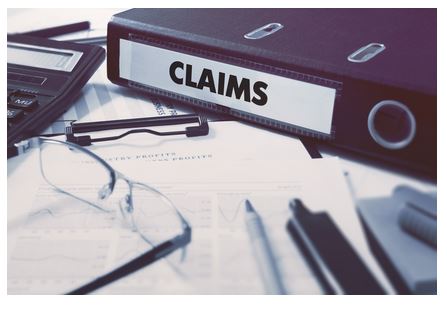Unemployment costs your organization money nearly every minute of every day — when you pay unemployment tax based on your payroll expenses, when an employee files a claim against your reserve account and when the Department of Labor shows up at your door for an unannounced audit.
If you have employees, you’re familiar with the requirement to pay unemployment tax (also called unemployment insurance or UI) on a portion of each employee’s wages every year. The state UI rate you pay varies by state, but it’s also affected by factors specific to your business. One significant factor is the extent of charges against your UI reserve account. The higher the charges, the higher your rate might climb. So how can you keep your state unemployment tax rate on the low side?
Here are some practices that could help reduce your organization’s exposure to rising unemployment expenses.
Minimize Loss of Personnel
The first (and most obvious) step you can take is to keep your employees employed. To accomplish this, take care to recruit the right people for your open positions. Make sure that candidates not only possess the appropriate skill sets, but that they fit the culture you want to foster within your company as well.
Once you hire the right people, you must develop them. Here are a few ways:
- Allow them to attend training relevant to their roles,
- Promote continuing education, and
- Encourage participation in professional associations.
Then it becomes most important to retain the employees. If they can see that you’re invested in them, they’ll be more invested in your company’s future. Be sure to give timely feedback through one-on-one meetings and performance evaluations.
Pay your employees what they’re worth to keep them out of the market. Treat them the way you would want to be treated if the shoe were on the other foot.
Always Respond to Claims
The second way to minimize unemployment expenses in the workplace is to complete the response form for every claim that’s filed. If you aren’t going to protest a claim, completing the form lets the unemployment office know that you have at least reviewed the matter and determined that the employee may, in fact, be eligible to receive benefits.
It’s equally important that you challenge those claims that fall within the guidelines for protests. If you believe that you released an employee for good cause, and you have the documentation to support your decision, by all means, fight the claim.
If you let the employee go because you didn’t like that person, you can still protest. But you could very well lose the battle. Either way, if the unemployment office knows that you’re reviewing every claim and that you’re completing the forms for both the non-protested and the protested claims, they may be less inclined to flag your company for an audit in the coming fiscal year. On the flip side, if you only complete the forms for the claims you’re protesting, you could potentially see an increase in your UI rate and the frequency with which you face Department of Labor audits.
Review Statements
Perhaps the most important step you can take to minimize unemployment expenses is to carefully review the benefit charges statements you receive from the state. The primary reason the review process is so important is to ensure you don’t have a non-employee collecting unemployment benefits against your reserve account, which will also increase your UI rate. Independent contractors, for example, aren’t included in your UI reporting, and, therefore, shouldn’t be charged against your UI reserve account. However, occasionally a contractor who doesn’t understand employment tax or who is disgruntled may file for unemployment on your account.
There’s also the possibility of a simple mistake. Suppose a data entry error occurs and an employee who has never worked for you shows up on your benefits charges statement. If you catch the error right away, correcting it can be simple. But if you catch it a few months later, you’ll need to file additional paperwork to get the improper claim reversed and reassigned to the proper account.
Finally, review statements to make sure none of your current employees are listed as drawing unemployment on your account. This could mean that the employee’s identity has been stolen and the thief is counting on you to not notice.
Maintenance is Easier than Fixing
In summary, recruit carefully, keep your employees employed, respond to all claims and review every report you receive from the state unemployment office. None of these steps require much time if you consider them to be maintenance tasks. If an error goes unchecked, the “fix” will likely take much longer and the red tape will be more frustrating. As in most areas of life, maintenance pays off in the long run.
